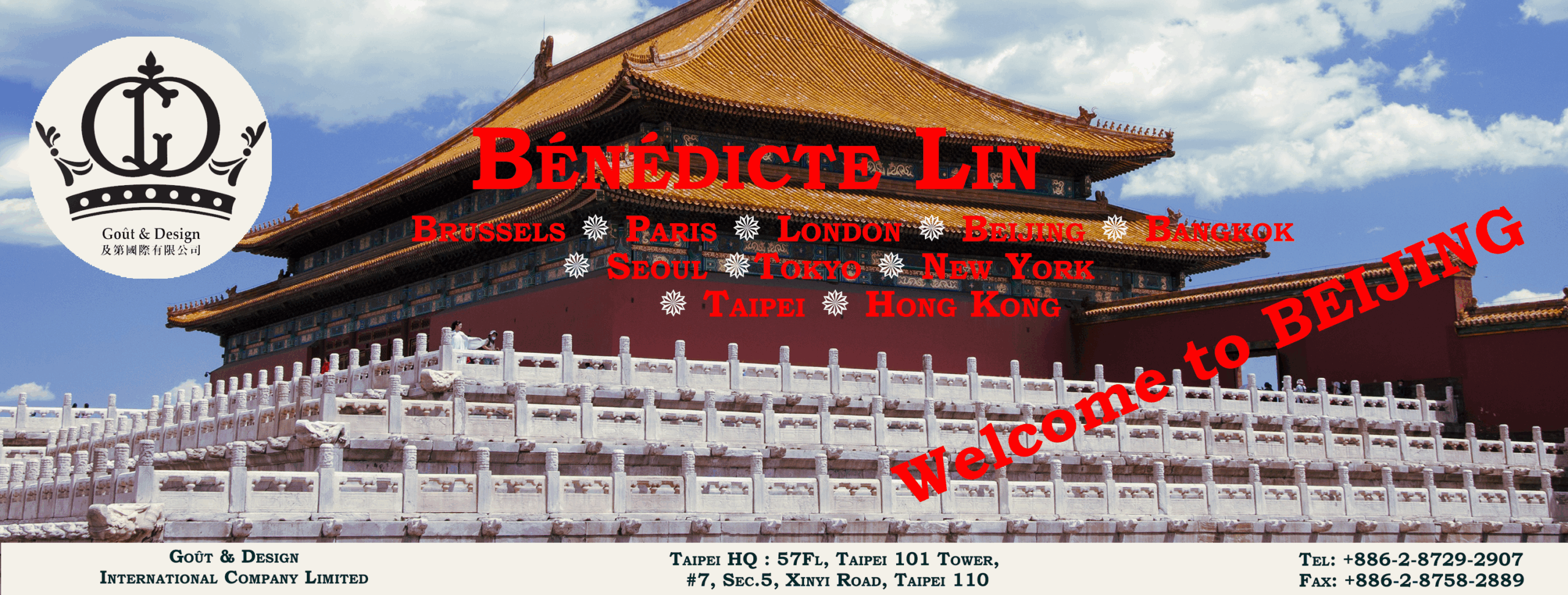Dim sum is more than a meal; it is a cultural experience rooted in centuries of tradition. Originating in the teahouses of southern China, particularly in Guangdong during the Song Dynasty, it began as a humble offering to travelers. Over time, it evolved into a cherished ritual known as yum cha, where sharing tea and conversation became as important as the food itself.
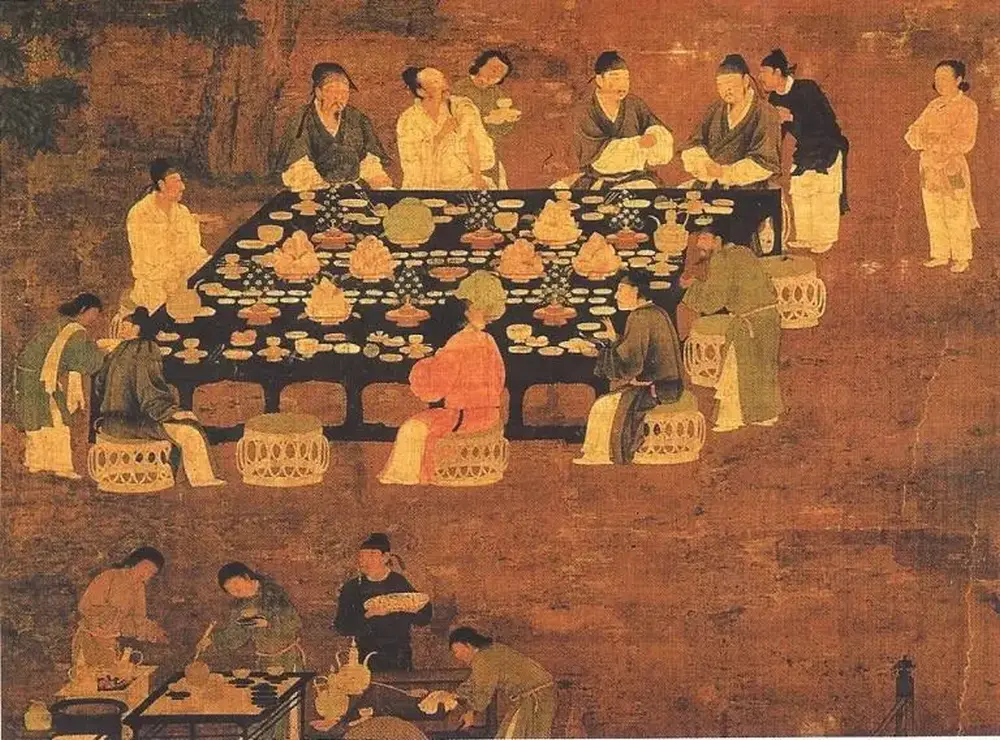
What makes dim sum so unique is its diversity. Served in small portions, each dish invites diners to taste and share. From translucent shrimp dumplings (har gow) and tender pork siu mai to sweet custard tarts, every bite reflects the balance and precision of Cantonese culinary art. The dishes are often steamed, fried, or baked, creating a playful contrast of textures and aromas.
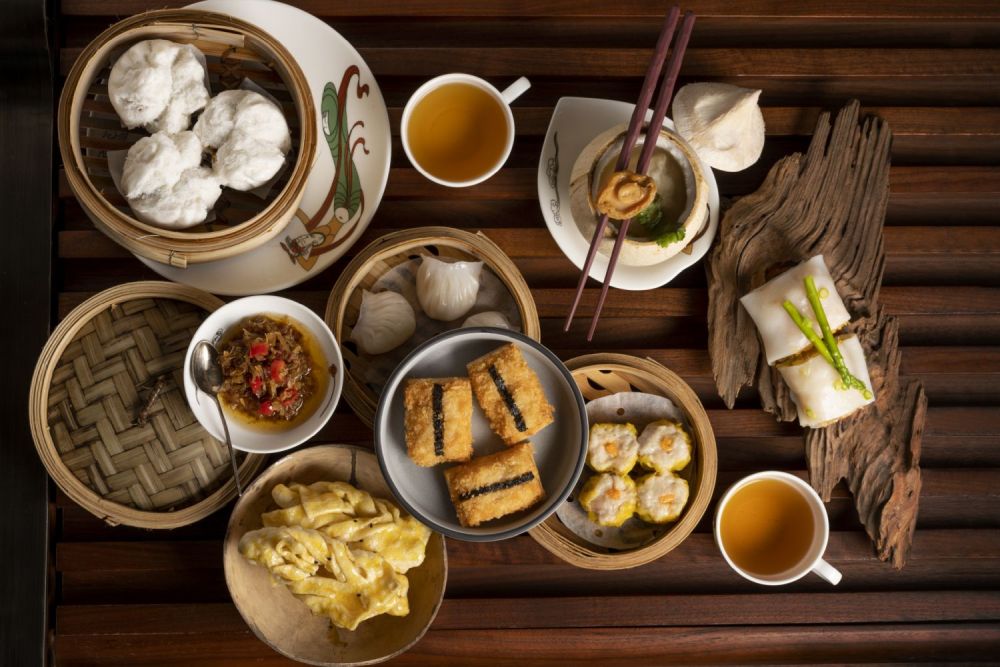
Beyond its flavors, dim sum embodies the spirit of togetherness. It’s a leisurely experience meant to be enjoyed over pots of hot tea, laughter, and warm company. Families and friends gather around tables crowded with bamboo baskets, each one hiding a new delight. The beauty of dim sum lies not only in its taste but in the shared joy it inspires.
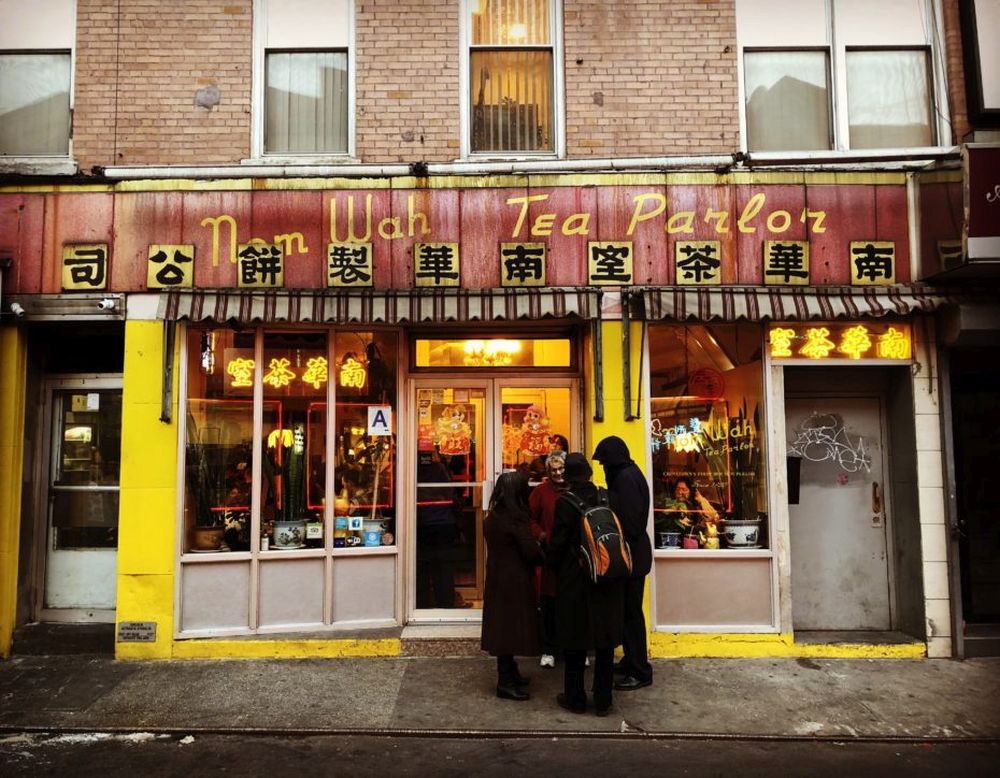
Today, dim sum transcends its regional roots, found in cities across the world, from Hong Kong to New York to Taipei. Despite its global fame, its essence remains unchanged: a celebration of craftsmanship, community, and comfort. To savor dim sum is to taste a piece of living history—one delicate bite at a time.
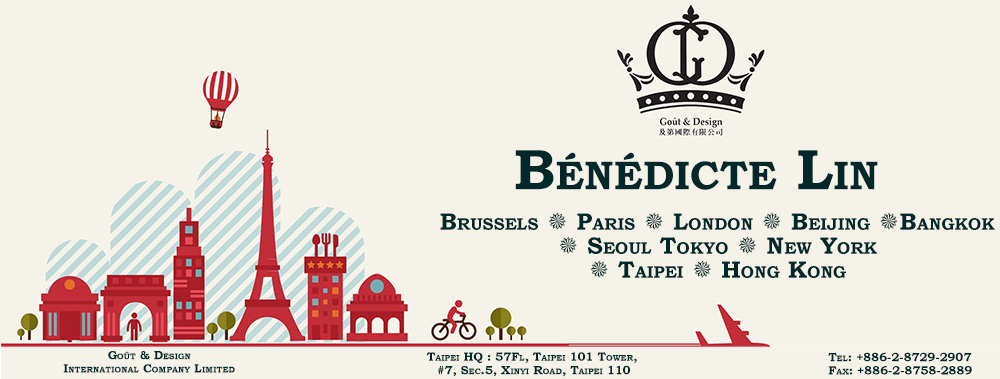
Hashtags: #dimsum #chinesecuisine #yumcha #culinarytradition #foodculture #asiandining
